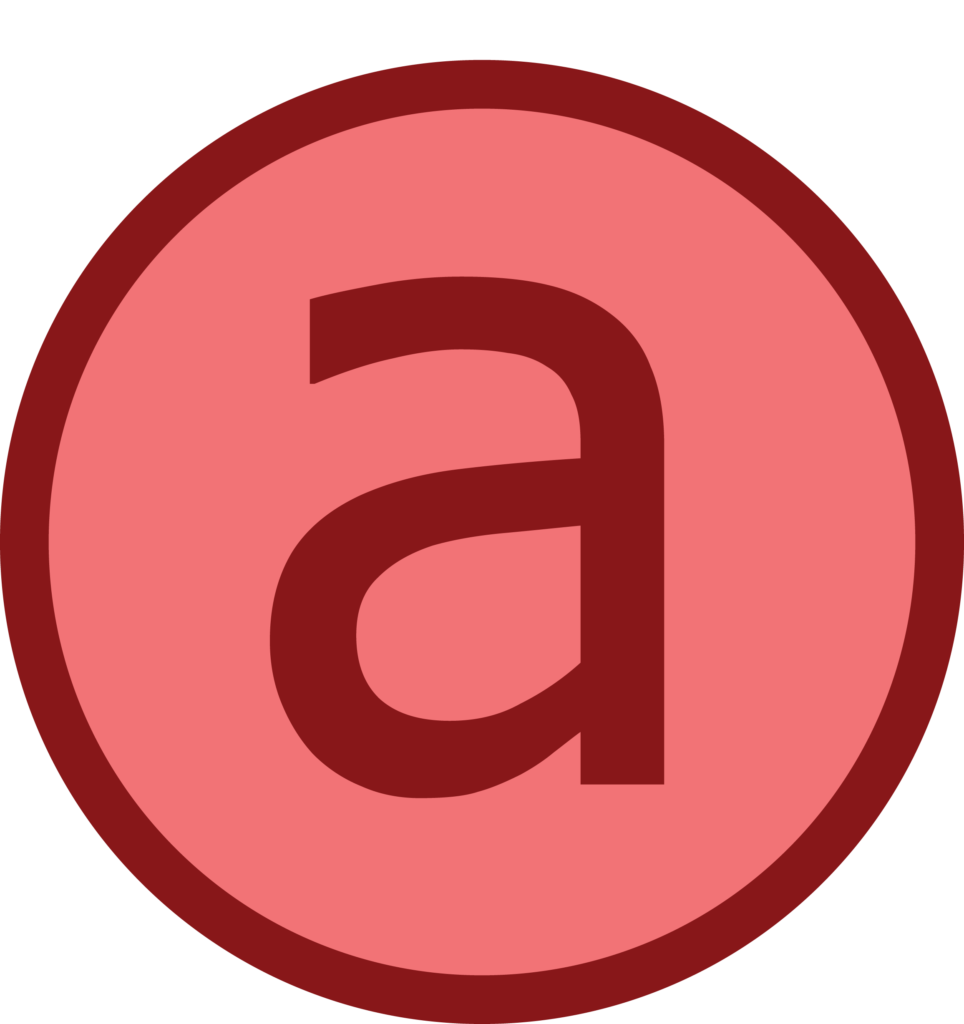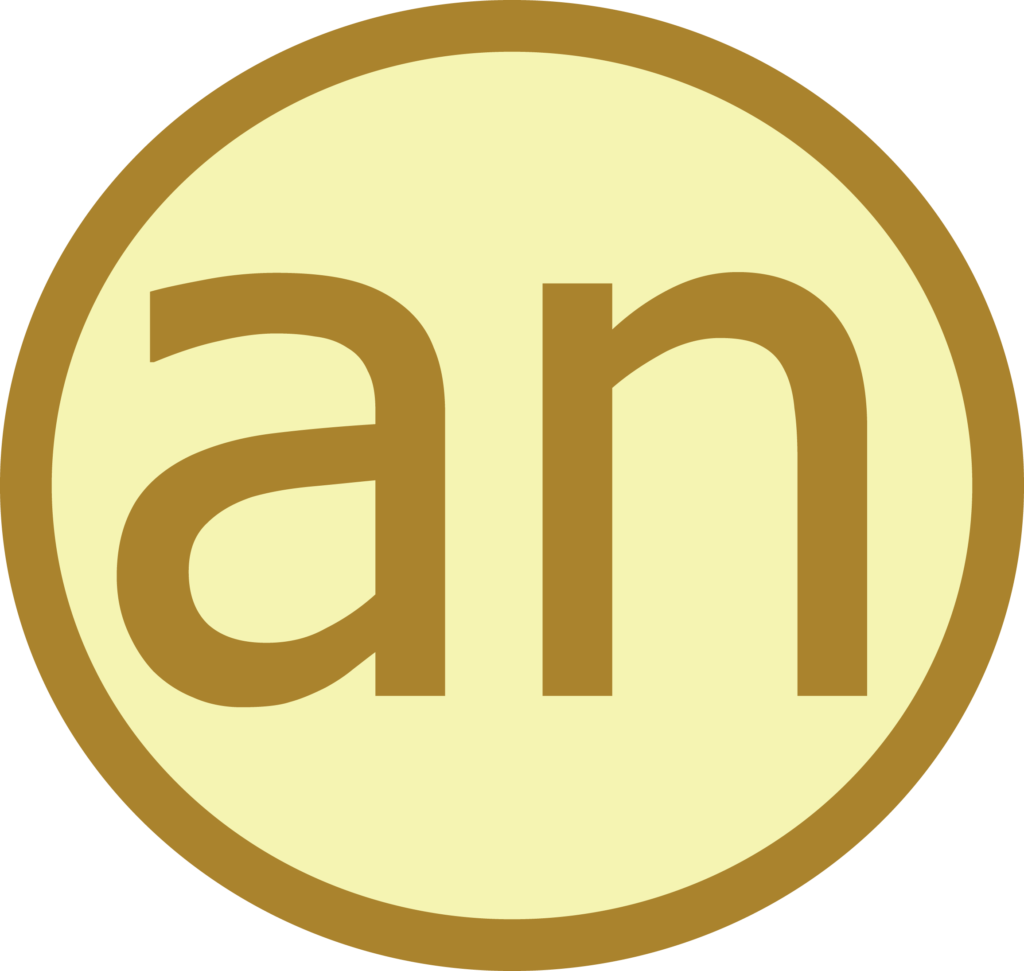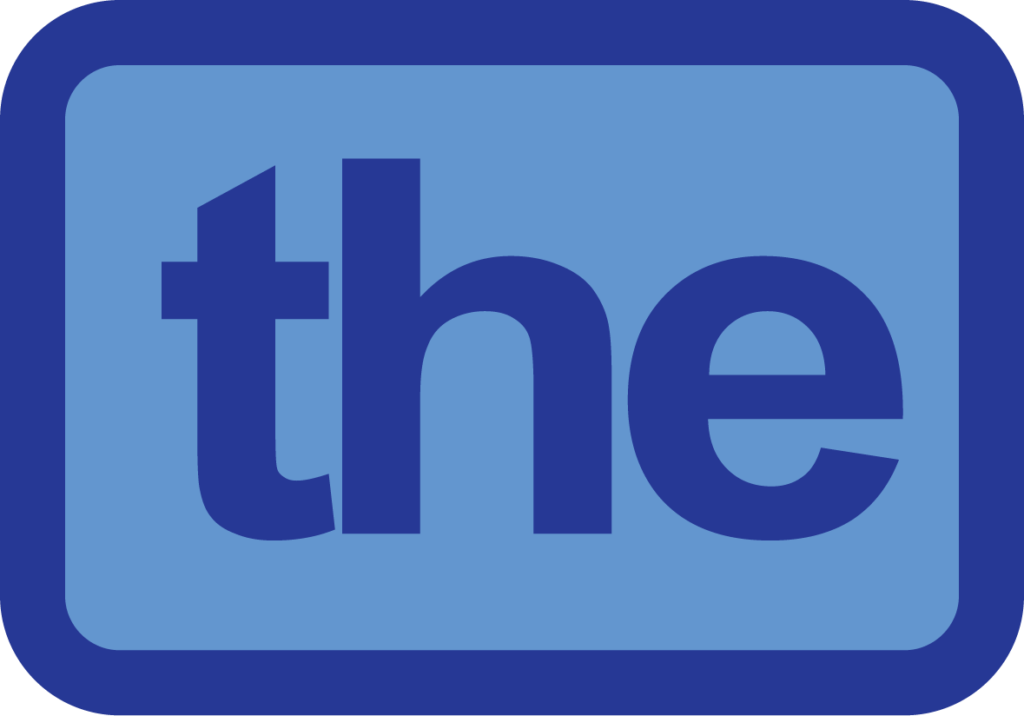1.40: Articles
- Page ID
- 182816
\( \newcommand{\vecs}[1]{\overset { \scriptstyle \rightharpoonup} {\mathbf{#1}} } \)
\( \newcommand{\vecd}[1]{\overset{-\!-\!\rightharpoonup}{\vphantom{a}\smash {#1}}} \)
\( \newcommand{\dsum}{\displaystyle\sum\limits} \)
\( \newcommand{\dint}{\displaystyle\int\limits} \)
\( \newcommand{\dlim}{\displaystyle\lim\limits} \)
\( \newcommand{\id}{\mathrm{id}}\) \( \newcommand{\Span}{\mathrm{span}}\)
( \newcommand{\kernel}{\mathrm{null}\,}\) \( \newcommand{\range}{\mathrm{range}\,}\)
\( \newcommand{\RealPart}{\mathrm{Re}}\) \( \newcommand{\ImaginaryPart}{\mathrm{Im}}\)
\( \newcommand{\Argument}{\mathrm{Arg}}\) \( \newcommand{\norm}[1]{\| #1 \|}\)
\( \newcommand{\inner}[2]{\langle #1, #2 \rangle}\)
\( \newcommand{\Span}{\mathrm{span}}\)
\( \newcommand{\id}{\mathrm{id}}\)
\( \newcommand{\Span}{\mathrm{span}}\)
\( \newcommand{\kernel}{\mathrm{null}\,}\)
\( \newcommand{\range}{\mathrm{range}\,}\)
\( \newcommand{\RealPart}{\mathrm{Re}}\)
\( \newcommand{\ImaginaryPart}{\mathrm{Im}}\)
\( \newcommand{\Argument}{\mathrm{Arg}}\)
\( \newcommand{\norm}[1]{\| #1 \|}\)
\( \newcommand{\inner}[2]{\langle #1, #2 \rangle}\)
\( \newcommand{\Span}{\mathrm{span}}\) \( \newcommand{\AA}{\unicode[.8,0]{x212B}}\)
\( \newcommand{\vectorA}[1]{\vec{#1}} % arrow\)
\( \newcommand{\vectorAt}[1]{\vec{\text{#1}}} % arrow\)
\( \newcommand{\vectorB}[1]{\overset { \scriptstyle \rightharpoonup} {\mathbf{#1}} } \)
\( \newcommand{\vectorC}[1]{\textbf{#1}} \)
\( \newcommand{\vectorD}[1]{\overrightarrow{#1}} \)
\( \newcommand{\vectorDt}[1]{\overrightarrow{\text{#1}}} \)
\( \newcommand{\vectE}[1]{\overset{-\!-\!\rightharpoonup}{\vphantom{a}\smash{\mathbf {#1}}}} \)
\( \newcommand{\vecs}[1]{\overset { \scriptstyle \rightharpoonup} {\mathbf{#1}} } \)
\( \newcommand{\vecd}[1]{\overset{-\!-\!\rightharpoonup}{\vphantom{a}\smash {#1}}} \)
\(\newcommand{\avec}{\mathbf a}\) \(\newcommand{\bvec}{\mathbf b}\) \(\newcommand{\cvec}{\mathbf c}\) \(\newcommand{\dvec}{\mathbf d}\) \(\newcommand{\dtil}{\widetilde{\mathbf d}}\) \(\newcommand{\evec}{\mathbf e}\) \(\newcommand{\fvec}{\mathbf f}\) \(\newcommand{\nvec}{\mathbf n}\) \(\newcommand{\pvec}{\mathbf p}\) \(\newcommand{\qvec}{\mathbf q}\) \(\newcommand{\svec}{\mathbf s}\) \(\newcommand{\tvec}{\mathbf t}\) \(\newcommand{\uvec}{\mathbf u}\) \(\newcommand{\vvec}{\mathbf v}\) \(\newcommand{\wvec}{\mathbf w}\) \(\newcommand{\xvec}{\mathbf x}\) \(\newcommand{\yvec}{\mathbf y}\) \(\newcommand{\zvec}{\mathbf z}\) \(\newcommand{\rvec}{\mathbf r}\) \(\newcommand{\mvec}{\mathbf m}\) \(\newcommand{\zerovec}{\mathbf 0}\) \(\newcommand{\onevec}{\mathbf 1}\) \(\newcommand{\real}{\mathbb R}\) \(\newcommand{\twovec}[2]{\left[\begin{array}{r}#1 \\ #2 \end{array}\right]}\) \(\newcommand{\ctwovec}[2]{\left[\begin{array}{c}#1 \\ #2 \end{array}\right]}\) \(\newcommand{\threevec}[3]{\left[\begin{array}{r}#1 \\ #2 \\ #3 \end{array}\right]}\) \(\newcommand{\cthreevec}[3]{\left[\begin{array}{c}#1 \\ #2 \\ #3 \end{array}\right]}\) \(\newcommand{\fourvec}[4]{\left[\begin{array}{r}#1 \\ #2 \\ #3 \\ #4 \end{array}\right]}\) \(\newcommand{\cfourvec}[4]{\left[\begin{array}{c}#1 \\ #2 \\ #3 \\ #4 \end{array}\right]}\) \(\newcommand{\fivevec}[5]{\left[\begin{array}{r}#1 \\ #2 \\ #3 \\ #4 \\ #5 \\ \end{array}\right]}\) \(\newcommand{\cfivevec}[5]{\left[\begin{array}{c}#1 \\ #2 \\ #3 \\ #4 \\ #5 \\ \end{array}\right]}\) \(\newcommand{\mattwo}[4]{\left[\begin{array}{rr}#1 \amp #2 \\ #3 \amp #4 \\ \end{array}\right]}\) \(\newcommand{\laspan}[1]{\text{Span}\{#1\}}\) \(\newcommand{\bcal}{\cal B}\) \(\newcommand{\ccal}{\cal C}\) \(\newcommand{\scal}{\cal S}\) \(\newcommand{\wcal}{\cal W}\) \(\newcommand{\ecal}{\cal E}\) \(\newcommand{\coords}[2]{\left\{#1\right\}_{#2}}\) \(\newcommand{\gray}[1]{\color{gray}{#1}}\) \(\newcommand{\lgray}[1]{\color{lightgray}{#1}}\) \(\newcommand{\rank}{\operatorname{rank}}\) \(\newcommand{\row}{\text{Row}}\) \(\newcommand{\col}{\text{Col}}\) \(\renewcommand{\row}{\text{Row}}\) \(\newcommand{\nul}{\text{Nul}}\) \(\newcommand{\var}{\text{Var}}\) \(\newcommand{\corr}{\text{corr}}\) \(\newcommand{\len}[1]{\left|#1\right|}\) \(\newcommand{\bbar}{\overline{\bvec}}\) \(\newcommand{\bhat}{\widehat{\bvec}}\) \(\newcommand{\bperp}{\bvec^\perp}\) \(\newcommand{\xhat}{\widehat{\xvec}}\) \(\newcommand{\vhat}{\widehat{\vvec}}\) \(\newcommand{\uhat}{\widehat{\uvec}}\) \(\newcommand{\what}{\widehat{\wvec}}\) \(\newcommand{\Sighat}{\widehat{\Sigma}}\) \(\newcommand{\lt}{<}\) \(\newcommand{\gt}{>}\) \(\newcommand{\amp}{&}\) \(\definecolor{fillinmathshade}{gray}{0.9}\)There are three articles in the English language: the, a, and an. These are divided into two types of articles: definite (the) and indefinite (a, an). The definite article indicates a level of specificity that the indefinite does not. “An apple” could refer to any apple; however “the apple” is referring back to a specific apple.
Thus, when using the definite article, the speaker assumes the listener knows the identity of the noun’s referent (because it is obvious, because it is common knowledge, or because it was mentioned in the same sentence or an earlier sentence). Use of an indefinite article implies that the speaker assumes the listener does not have to be told the identity of the referent.
There are also cases where no article is required:
- with generic nouns (plural or uncountable): cars have accelerators, happiness is contagious, referring to cars in general and happiness in general (compare the happiness I felt yesterday, specifying particular happiness);
- with many proper names: Sabrina, France, London, etc.
Watch this quick introduction to indefinite and definite articles and the difference between the two:
Indefinite Article
The indefinite article of English takes the two forms a and an. These can be regarded as meaning “one,” usually without emphasis.
Distinction between a and an
 You’ve probably learned the rule that an comes before a vowel, and that a comes before a consonant. While this is generally true, it’s more accurate to say that an comes before a vowel sound, and a comes before a consonant sound. Let’s look at a couple of examples with a:
You’ve probably learned the rule that an comes before a vowel, and that a comes before a consonant. While this is generally true, it’s more accurate to say that an comes before a vowel sound, and a comes before a consonant sound. Let’s look at a couple of examples with a:
- a box
- a HEPA filter (HEPA is pronounced as a word rather than as letters)
- a one-armed bandit (pronounced “won. . . “)
- a unicorn (pronounced “yoo. . . “)
 Let’s try it again with an:
Let’s try it again with an:
- an apple
- an EPA policy (the letter E read as a letter still starts with a vowel sound)
- an SSO (pronounced “es-es-oh”)
- an hour (the h is silent)
- an heir (pronounced “air”)
Note: Some speakers and writers use an before a word beginning with the sound h in an unstressed syllable: an historical novel, an hotel. However, where the h is clearly pronounced, this usage is now less common, and a is preferred.
Look at the following words. When they require an indefinite article, should it be a or an?
- ewe
- SEO specialist
- apple
- URL
- herb
[reveal-answer q=”172524″]Show Answer[/reveal-answer]
[hidden-answer a=”172524″]
- a ewe: The word is pronounced “you”; it starts with a consonant sound.
- an SEO specialist: The word is pronounced “es-ee-oh”; it starts with a vowel sound.
- an apple: The word starts with, a, a vowel sound.
- a URL: The word is pronounced “yoo-ar-el”; it starts with a consonant sound.
- an herb: The h is silent, so the word is pronounced “erb”; it starts with a vowel sound.
[/hidden-answer]
The definite article the is used when the referent of the noun phrase is assumed to be unique or known from the context. For example, in the sentence “The boy with glasses was looking at the moon,” it is assumed that in the context the reference can only be to one boy and one moon.
The can be used with both singular and plural nouns, with nouns of any gender, and with nouns that start with any letter. This is different from many other languages which have different articles for different genders or numbers. The is the most commonly used word in the English language.
Choose the article that should go in each sentence:
- Every day, I eat (a / an / the) egg salad sandwich.
- I love looking at (a / an / the) stars with you.
- Dani was planning to buy (a / an / the) book she had been eyeing as soon as she got paid.
- (A / An / The) brain like that will get you far in life.
[reveal-answer q=”170373″]Show Answer[/reveal-answer]
[hidden-answer a=”170373″]
- an; Every day, I eat an egg salad sandwich.
- Since you can only eat a sandwich once, there must be a different sandwich every day—thus we need an indefinite article. Egg starts with an e sound, so it requires an not a.
- the; I love looking at the stars with you.
- stars is plural, so it cannot take an indefinite article
- the; Dani was planning to buy the book she had been eyeing as soon as she got paid.
- While a would be an acceptable answer (as book starts with a consonant sound), the sentence implies that there is a specific book she wants. Thus, the definite article is required.
- a; A brain like that will get you far in life.
- The sentence is about one “brain like that”; there could be several, but the sentence is just talking about one. Thus, the indefinite article is required. Brain starts with a consonant sound, so a is required, not an.
[/hidden-answer]
Word Order
In most cases, the article is the first word of its noun phrase, preceding all other adjectives and modifiers.
The little old red bag held a very big surprise.
There are a few exceptions, however:
- Certain determiners, such as all, both, half, double, precede the definite article when used in combination (all the team, both the girls, half the time, double the amount).
- Such and what precede the indefinite article (such an idiot, what a day!).
- Adjectives qualified by too, so, as and how generally precede the indefinite article: too great a loss, so hard a problem, as delicious an apple as I have ever tasted, I know how pretty a girl she is.
- When adjectives are qualified by quite (particularly when it means “fairly”), the word quite (but not the adjective itself) often precedes the indefinite article: quite a long letter. Note: the phrase a quite long letter is also a correct construction. However the two have different meanings:
- In quite a long letter, quite modifies letter: it’s quite a letter.
- In a quite long letter, quite modifies long: the letter is quite long.
Read the following passage and make any necessary changes. Explain your reasoning for each change.
A Hubble Space Telescope (HST) is a space telescope that was launched into low Earth orbit in 1990, and remains in operation. Although not the first space telescope, Hubble is one of the largest and most versatile, and is well known as both an vital research tool and an public relations boon for astronomy. The HST is named after the astronomer Edwin Hubble.
Hubble’s orbit outside the distortion of Earth’s atmosphere allows it to take extremely high-resolution images. Hubble has recorded the some of most detailed visible-light images ever, allowing the deep view into space and time.
[practice-area rows=”4″][/practice-area]
[reveal-answer q=”666227″]Show Answer[/reveal-answer]
[hidden-answer a=”666227″]Here is the corrected passage. Each correction has been numbered. Explanations for each correction are given below the passage.
(1) The Hubble Space Telescope (HST) is a space telescope that was launched into low Earth orbit in 1990, and remains in operation. Although not the first space telescope, Hubble is one of the largest and most versatile, and is well known as both (2) a vital research tool and (3) a public relations boon for astronomy. The HST is named after the astronomer Edwin Hubble.
Hubble’s orbit outside the distortion of Earth’s atmosphere allows it to take extremely high-resolution images. Hubble has recorded (4) some of the most detailed visible-light images ever, allowing (5) a deep view into space and time.
So why were these changes necessary?
- There is only one Hubble Space Telescope, so it requires the definite article: the.
- Vital starts with a consonant sound, so it requires a not an.
- Public starts with a consonant sound, so it requires a not an.
- As we discussed, phrases like “some of” are exceptions to the general word order rule, and they come before articles.
- There are several different views into space, and this is just one of them. Thus, we need to use the indefinite article. Deep starts with a consonant, so it requires a not an.
[/hidden-answer]
Contributors and Attributions
- Revision and Adaptation. Provided by: Lumen Learning. License: CC BY-SA: Attribution-ShareAlike
- English articles. Provided by: Wikipedia. Located at: https://en.Wikipedia.org/wiki/English_articles. License: CC BY-SA: Attribution-ShareAlike
- Definite and indefinite articles. Authored by: David Rheinstrom. Provided by: Khan Academy. Located at: https://www.khanacademy.org/humanities/grammar/partsofspeech/the-modifier/v/definite-and-indefinite-articles. License: CC BY-NC-SA: Attribution-NonCommercial-ShareAlike
- Modification of Hubble Space Telescope (with errors inserted). Provided by: Wikipedia. Located at: https://en.Wikipedia.org/wiki/Hubble_Space_Telescope. License: CC BY-SA: Attribution-ShareAlike



